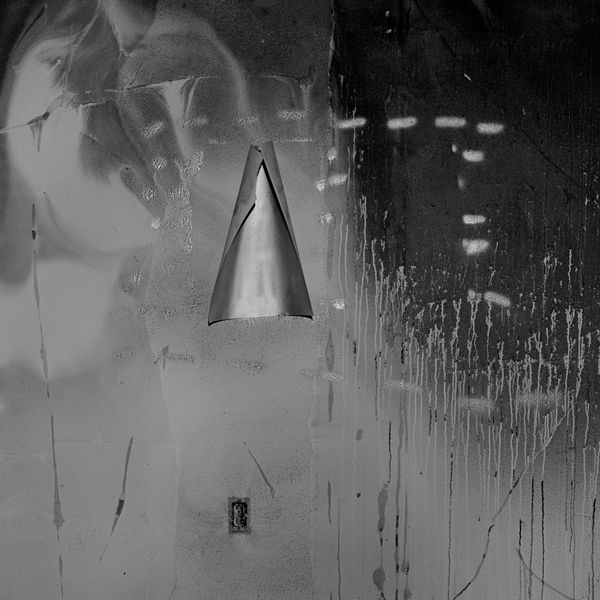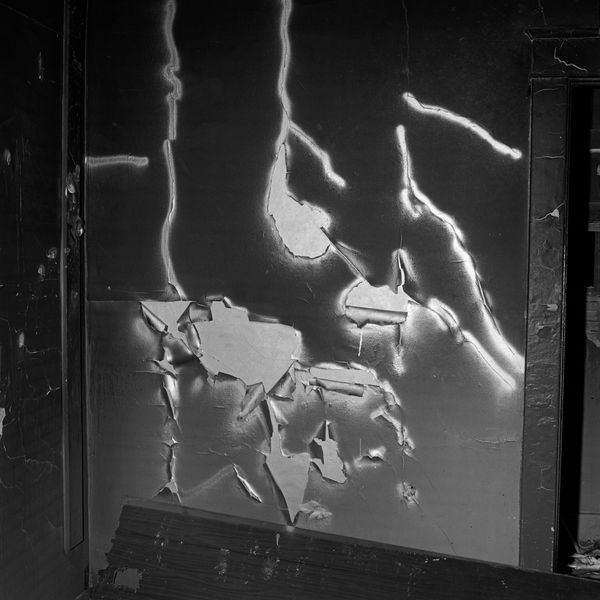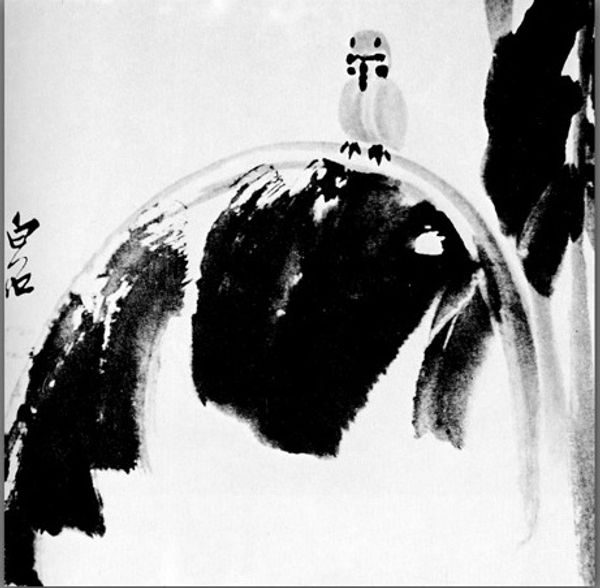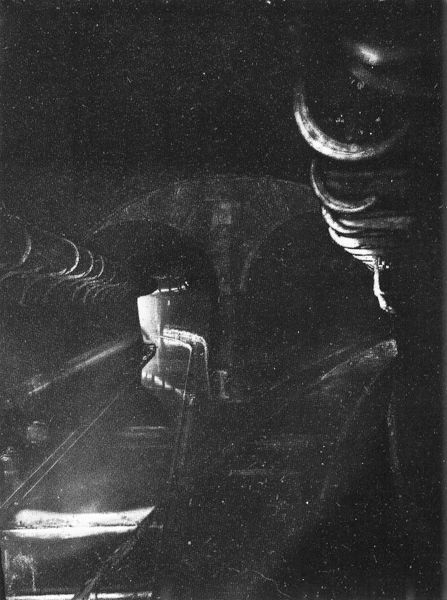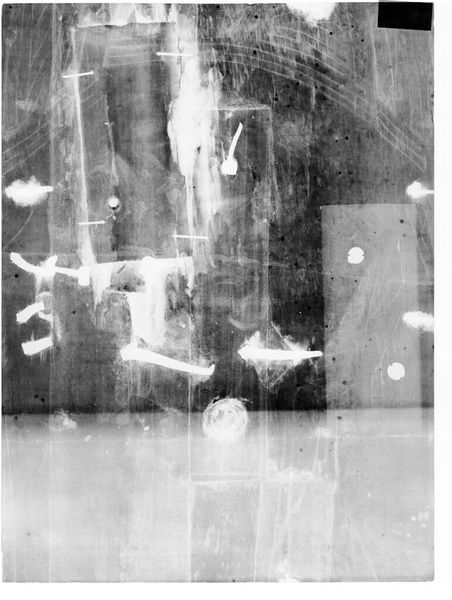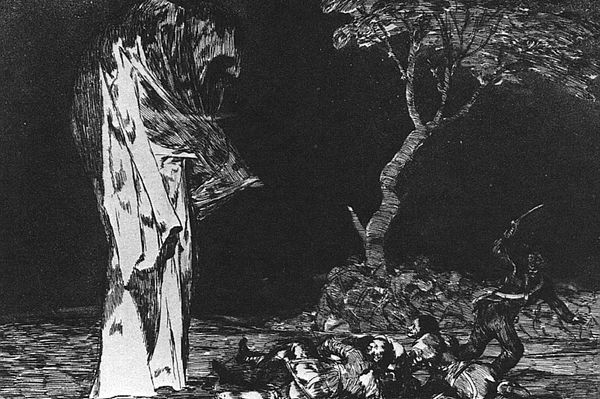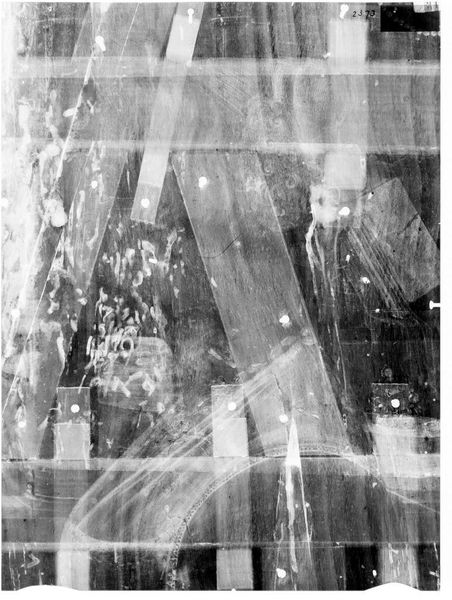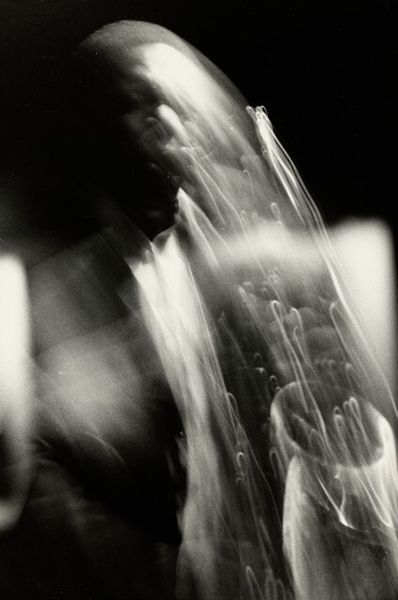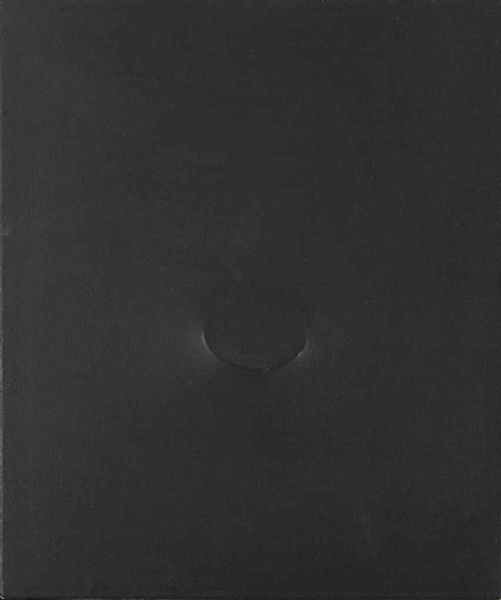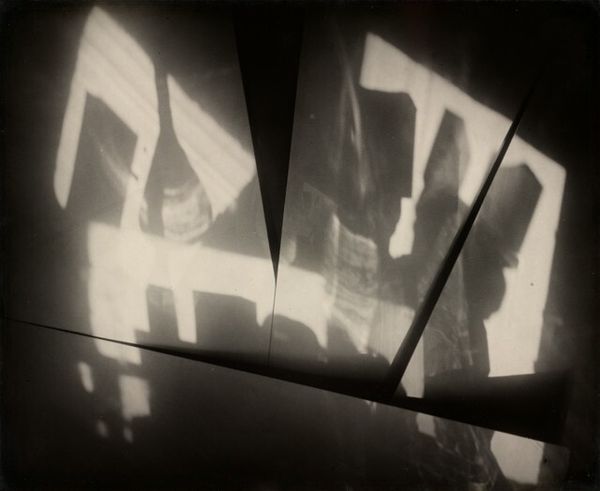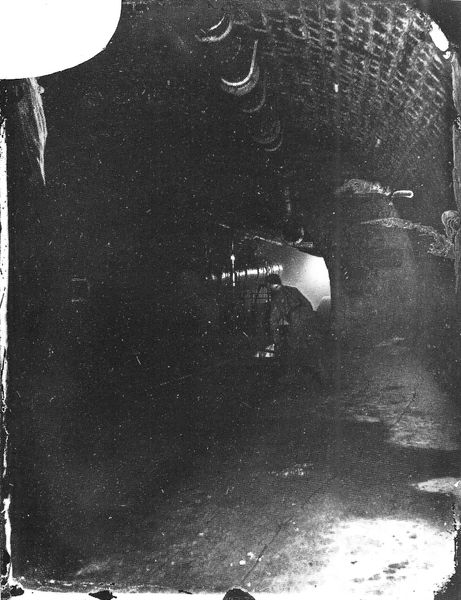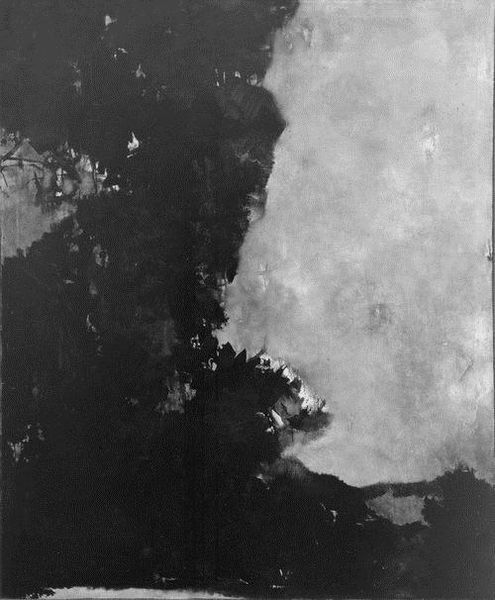
photography
#
kinetic-art
#
conceptual-art
#
black and white photography
#
dark hue
#
dark monochromatic
#
photography
#
black colour
#
monochrome photography
#
black object
#
black colour rhythm
#
monochrome
#
dark vibe
#
monochrome
#
dark
Copyright: Takis,Fair Use
Curator: We’re looking at “TéléLumière II,” a work created by Takis in 1963. The artist, born Panayiotis Vassilakis, explored magnetic fields and light. Editor: My first impression is how unsettlingly gothic it feels! Like peering into some mad scientist’s laboratory. Curator: That’s interesting, particularly because it is photography; let's discuss how Takis’ piece explores the properties of black and white tonality to produce effects of illumination through strictly arranged objects. Editor: Beyond the high-contrast aesthetics, there’s a profound question embedded within. Doesn't this composition hint at the increasing reliance of humans on technology, perhaps even foreshadowing our dependence on digital interfaces for communication? Curator: Certainly. Consider the industrial elements—the vacuum tubes, the wiring. Semiotically, these components were harbingers of modernity. Editor: But that’s precisely what’s chilling about it! These objects, stripped of their domestic context, become metaphors for the technological other. During this time period of growing technological innovation, there were increased anxieties of alienation brought about because of technological innovation. Curator: And by isolating and emphasizing the aesthetic dimensions of those objects through this very specific rendering, Takis underscores a visual, structural order. Note the repetition of curvilinear patterns, offset by strong, almost brutal, verticals. It is industrial, but refined into art. Editor: Still, there's that stark contrast. Doesn’t it suggest the seductive and ominous nature of unchecked technological advancement during the Cold War, too? The light itself is cold and strangely sterile. Curator: True, and light, of course, carries layers of symbolism here, perhaps a technological echo of Enlightenment. The use of electricity to communicate across large spaces represented an innovation in connecting individuals to communicate in an easier capacity, but there were obvious repercussions of unchecked communication and surveillance, hence the looming sense of otherworldliness we gain from Takis' composition. Editor: The photograph embodies how new forms of exchange became co-opted into larger structures of control and knowledge at this time. The illumination is both revelatory and frightening. Curator: Perhaps. At any rate, "TéléLumière II” provides rich visual material for diverse critical reflections. Editor: Exactly. A fascinating convergence of aesthetics and deeper socio-political meanings!
Comments
No comments
Be the first to comment and join the conversation on the ultimate creative platform.
